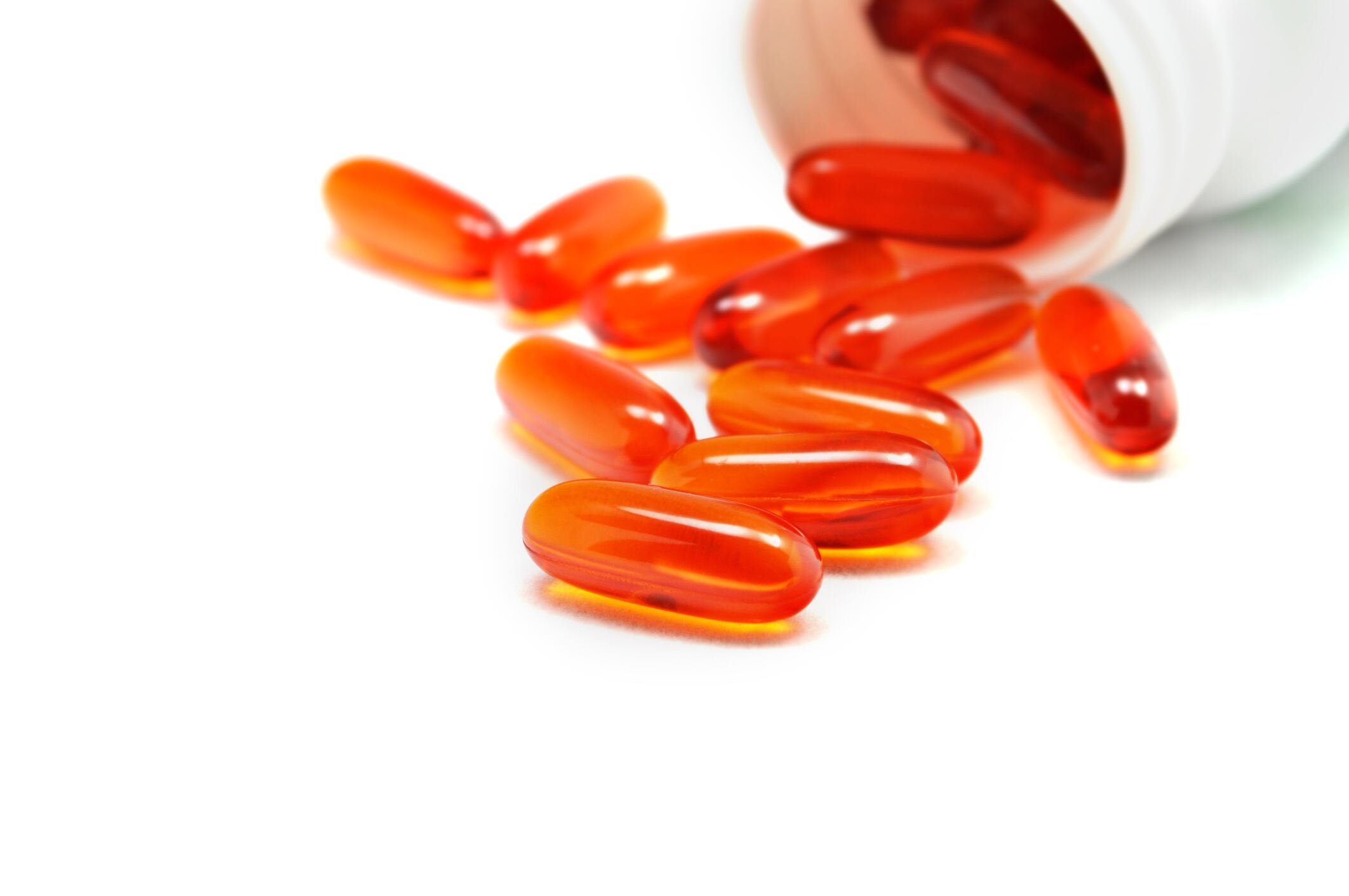The Japanese research team, led by Professor Hasunuma Tomohisa of Kobe University's Engineering Biology Research Center, report that they have succeeded in synthesising natural astaxanthin via a metabolically engineered version of the fast-growing marine cyanobacterium Synechococcus sp. PCC7002.
Writing in ACS Synthetic Biology the team published the results of research on the process – which produces astaxanthin at a faster rate and with lower contamination risks than previous methods of biologically synthesizing the valuable ingredient.
Tomohisa and colleagues said they hope the development can be utilised to help meet the growing demand for natural astaxanthin in the pharmaceutical and nutraceutical sectors.
“The natural pigment astaxanthin is widely used in aquaculture, pharmaceutical, nutraceutical, and cosmetic industries due to superior antioxidant properties,” wrote the authors – noting that the green alga Haematococcus pluvialis is currently used for commercial production of astaxanthin.
However, they noted that H. pluvialis is slow growing and requires a complex two-stage stress-induced process, with high light intensity that can also lead to an increased risk of contamination.
“In contrast, the fast-growing euryhaline cyanobacterium Synechococcus sp. PCC 7002 (Synechococcus 7002) is able to reach high density under stress-free phototrophic conditions, and is therefore a promising metabolic engineering platform for astaxanthin production,” they said.
New process
According to the Japanese researchers, the new process uses a combination of light, water and CO2 to produce the astaxanthin from algae at a faster rate than previous methods.
The team used the fast-growing marine blue-green algae species, or cyanobacterium, Synechococcus sp. PCC7002 as a host. The algae does not inherently produce astaxanthin, however by integrating beta-carotene encoding genes into the Synechococcus, the expressed genes only require water, light and CO2 in order to produce astaxanthin.
Furthermore, the new single stage method does not require subjecting the cells to stress conditions and enable astaxanthin to be produced in a shorter time period using Haematococcus. Meanwhile, the authors say the high salt concentration in Synechococcus could also lower the risk of contamination.
The work is thought to be the first in the world to succeed in producing astaxanthin by using this particular marine cyanobacterium.
Tomohisa and colleagues noted that with CO2 as the sole carbon source, the modified strain of Synechococcus sp. PCC7002 yielded 3mg/g dry cell weight astaxanthin – which equates to a production speed of 3.35mg/L/day.
The Japanese team believe this o be highest rate achieved so far using green algae.
Source: ACS Synthetic Biology
Volume 8, Issue 12, Pages 2701-2709, doi: 10.1021/acssynbio.9b00280
“Single-Stage Astaxanthin Production Enhances the Nonmevalonate Pathway and Photosynthetic Central Metabolism in Synechococcus sp. PCC 7002”
Authors: Tomohisa Hasunuma, et al

